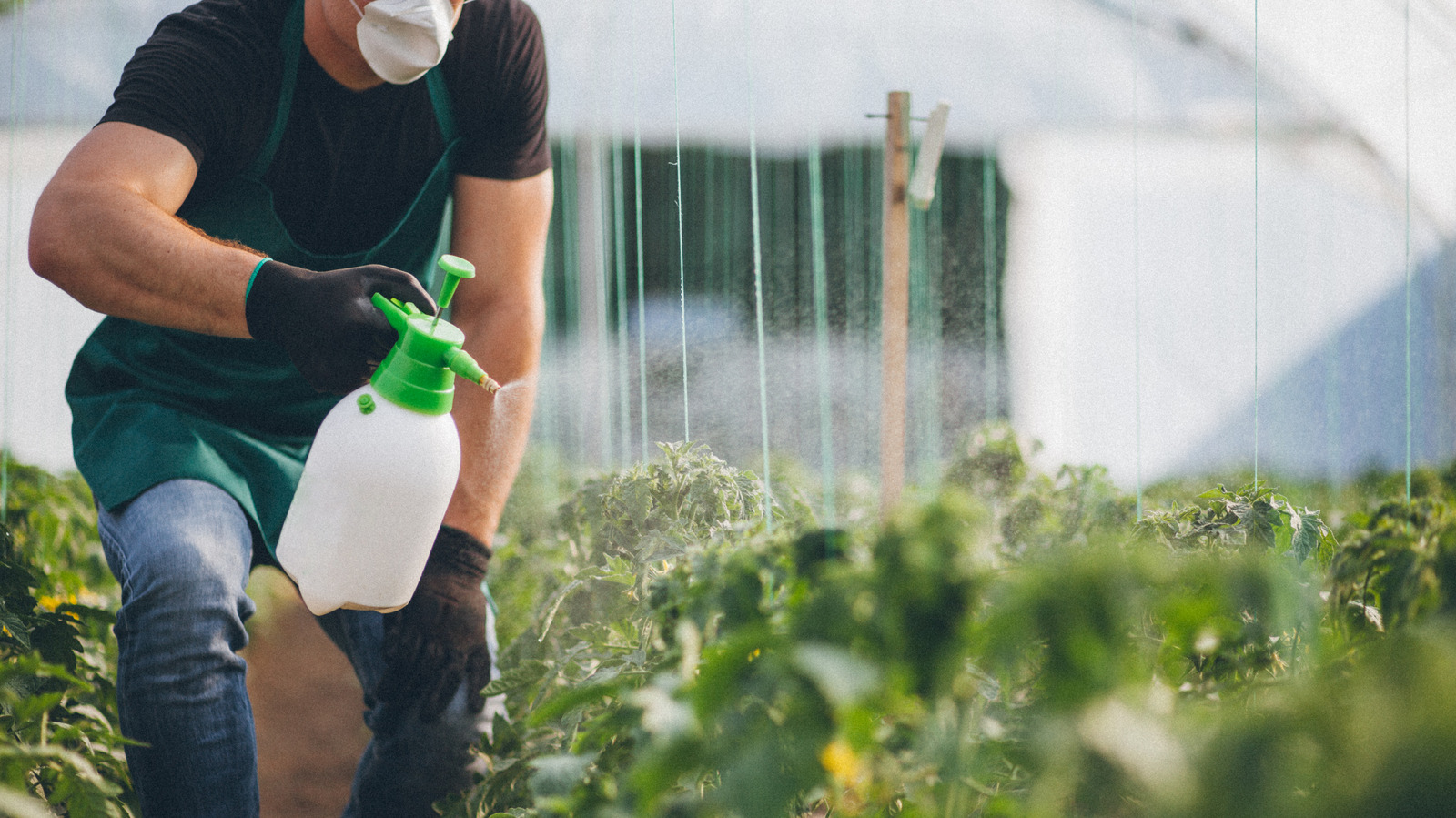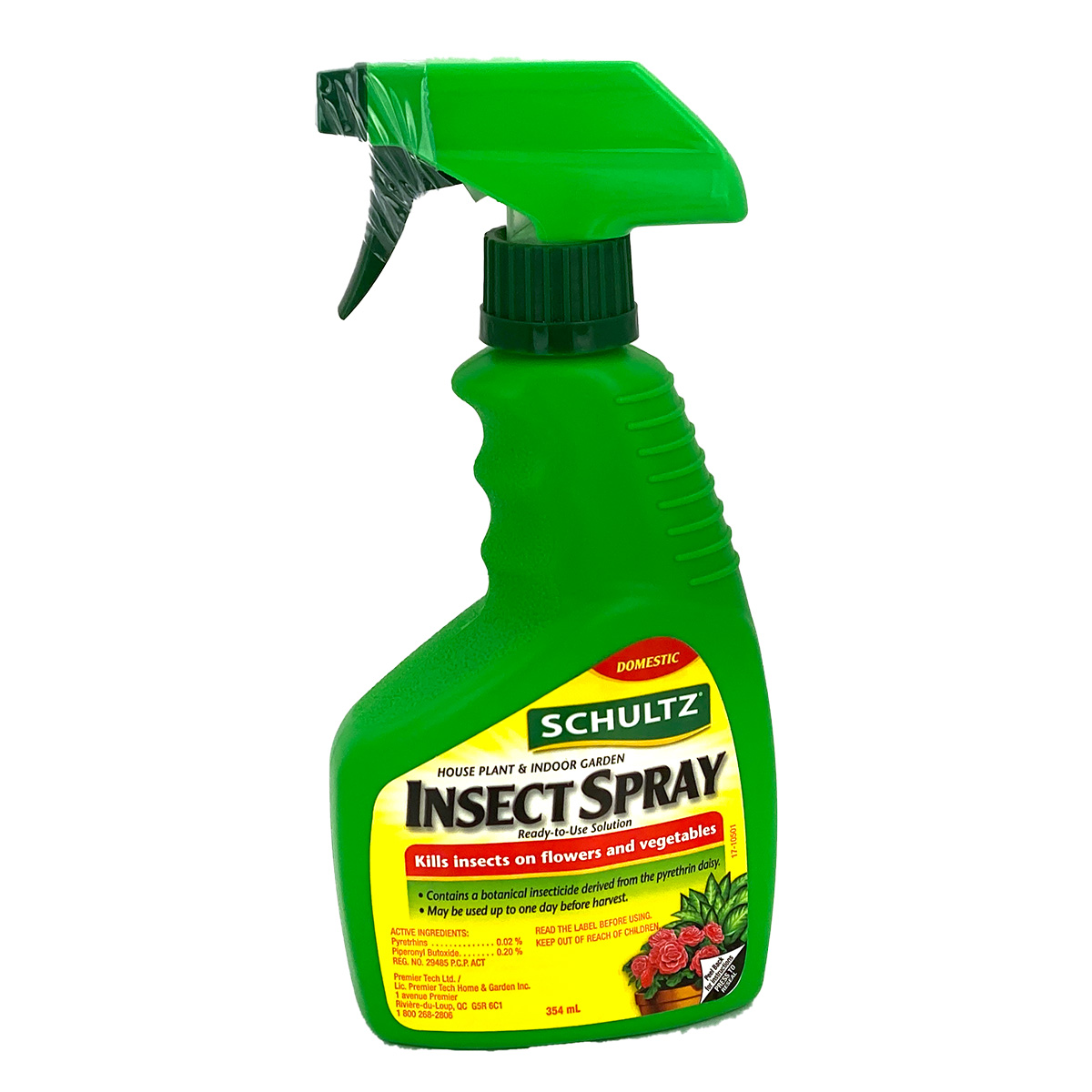Garden plant bug spray is an essential tool for protecting your precious plants from pests that can damage their growth and beauty. Whether you prefer natural or commercial options, this comprehensive guide will provide you with all the information you need to choose the best bug spray for your garden.
In this article, we’ll explore the natural ingredients commonly used in bug sprays, their benefits and drawbacks, and how to mix and apply them effectively. We’ll also compare different commercial bug spray options, discussing their active ingredients, target pests, and safety precautions. Finally, we’ll provide tips for using bug spray effectively, including identifying common garden pests and implementing integrated pest management strategies.
Natural Garden Plant Bug Spray Ingredients

Organic gardening practices often prioritize the use of natural ingredients for pest control. Several plant-based substances and essential oils have demonstrated effectiveness in repelling or eliminating common garden pests. Here’s a comprehensive list of natural ingredients commonly found in garden plant bug sprays:
Neem Oil
- Benefits: Extracted from the neem tree, neem oil is known for its insecticidal and fungicidal properties. It disrupts the life cycle of pests and acts as a natural repellent.
- Drawbacks: Neem oil has a strong odor that some people may find unpleasant. It can also be harmful to beneficial insects like bees and ladybugs.
Pyrethrum
- Benefits: Derived from the daisy-like flowers of the chrysanthemum plant, pyrethrum is a natural insecticide that targets a wide range of pests, including aphids, thrips, and beetles.
- Drawbacks: Pyrethrum can be toxic to fish and other aquatic organisms. It is also harmful to bees and other beneficial insects.
Insecticidal Soap
- Benefits: Made from fatty acids, insecticidal soap suffocates insects on contact. It is effective against aphids, mealybugs, and other soft-bodied pests.
- Drawbacks: Insecticidal soap can damage plant foliage if used too frequently or in high concentrations.
Essential Oils, Garden plant bug spray
- Benefits: Many essential oils, such as peppermint, rosemary, and lavender, have natural pest-repellent properties. They can be diluted in water or carrier oils and applied to plants as a spray.
- Drawbacks: Essential oils can be toxic to plants if used undiluted. They can also be harmful to beneficial insects.
To create an effective natural bug spray, mix these ingredients in a spray bottle with water. The proportions will vary depending on the specific ingredients used. Always test the spray on a small area of the plant before applying it to the entire plant. Reapply as needed, following the instructions on the product label.
Commercial Garden Plant Bug Spray Options

In the market for garden plant bug sprays, a range of commercial options are available, each with its unique blend of active ingredients, target pests, and application methods. Understanding the differences between these options can help you make an informed choice for your gardening needs.
Comparison of Commercial Garden Plant Bug Sprays
The following table provides a comparison of different commercial garden plant bug spray options, highlighting their key features and specifications:
| Brand | Active Ingredients | Target Pests | Application Method | Safety Precautions | Price |
|---|---|---|---|---|---|
| Ortho Home Defense Insect Killer for Lawns & Gardens | Cypermethrin | Ants, aphids, beetles, caterpillars, crickets, earwigs, fleas, flies, grasshoppers, mosquitoes, spiders, ticks, and wasps | Ready-to-use spray or concentrate for dilution | Avoid contact with skin and eyes; do not apply to edible plants | $10-$20 |
| Bayer Advanced Fruit, Vegetable & Garden Insect Spray | Acetamiprid | Aphids, caterpillars, thrips, whiteflies, and other insects that feed on fruits, vegetables, and ornamentals | Ready-to-use spray or concentrate for dilution | Keep out of reach of children; do not apply to edible plants within 24 hours of harvest | $12-$18 |
| Bonide Eight Insect Control | Bifenthrin | Aphids, ants, beetles, caterpillars, crickets, earwigs, flies, grasshoppers, mites, mosquitoes, spiders, thrips, ticks, and wasps | Concentrate for dilution | Avoid contact with skin and eyes; do not apply to edible plants | $20-$30 |
| Spectracide Triazicide Insect Killer for Lawns & Gardens | Lambda-cyhalothrin | Aphids, ants, beetles, caterpillars, crickets, earwigs, fleas, flies, grasshoppers, mosquitoes, spiders, ticks, and wasps | Ready-to-use spray or concentrate for dilution | Avoid contact with skin and eyes; do not apply to edible plants | $15-$25 |
| Garden Safe Bug & Disease Control | Pyrethrins, piperonyl butoxide | Aphids, caterpillars, thrips, whiteflies, and other insects that feed on fruits, vegetables, and ornamentals | Ready-to-use spray or concentrate for dilution | Avoid contact with skin and eyes; do not apply to edible plants within 3 days of harvest | $10-$15 |
Advantages and Disadvantages of Commercial Garden Plant Bug Sprays
Each commercial garden plant bug spray option has its advantages and disadvantages. Here’s a summary:
- Effectiveness: Commercial sprays generally offer quick and effective control of target pests. They contain potent active ingredients that kill insects on contact or by ingestion.
- Ease of Use: Many commercial sprays are ready-to-use or easy to dilute, making them convenient to apply.
- Environmental Concerns: Some commercial sprays contain synthetic chemicals that can be harmful to beneficial insects and the environment. They should be used with caution and according to the manufacturer’s instructions.
- Cost: Commercial sprays can be more expensive than natural or homemade alternatives.
Tips for Using Garden Plant Bug Spray Effectively
Using garden plant bug spray effectively requires proper identification of common garden pests, safe and effective application techniques, and integration with comprehensive pest management strategies. By following these tips, gardeners can minimize damage caused by pests while safeguarding the health of their plants and the environment.
Identifying Common Garden Plant Bugs
Correctly identifying the specific insects or pests affecting your plants is crucial for choosing the appropriate bug spray. Common garden plant bugs include:
- Aphids: Small, soft-bodied insects that feed on plant sap, causing stunted growth and yellowing leaves.
- Spider mites: Tiny, spider-like creatures that spin webs on the undersides of leaves, causing yellow or brown spots.
- Whiteflies: Small, white insects that fly up in clouds when disturbed, causing sooty mold on leaves.
- Thrips: Slender, winged insects that feed on plant tissue, causing silvery streaks or spots on leaves.
- Scale insects: Small, immobile insects that attach themselves to stems and leaves, causing yellowing and leaf drop.
Applying Bug Spray Safely and Effectively
Once the pests have been identified, the bug spray can be applied following these guidelines:
- Read and follow the instructions on the product label carefully.
- Apply the spray during calm weather to prevent drift onto neighboring plants or surfaces.
- Thoroughly cover the entire plant, including the undersides of leaves where pests often hide.
- Avoid spraying on windy days or when rain is expected, as this can reduce effectiveness.
- Repeat applications as directed on the product label, usually every 7-10 days.
- Use a sprayer with adjustable nozzles to control the spray pattern and minimize waste.
- Wear protective clothing, such as gloves and a mask, when applying bug spray.
Incorporating Bug Spray into Integrated Pest Management (IPM)
Integrated pest management (IPM) is a comprehensive approach that combines multiple methods to control pests. Bug spray should be used as part of an IPM program, which may include:
- Cultural practices, such as crop rotation, mulching, and proper watering, to create an environment less favorable to pests.
- Biological control, such as introducing beneficial insects or using microbial pesticides, to naturally suppress pest populations.
- Mechanical control, such as handpicking pests or using traps, to physically remove them from plants.
By combining bug spray with other IPM strategies, gardeners can reduce the reliance on chemical pesticides, minimize environmental impact, and promote the long-term health of their plants.